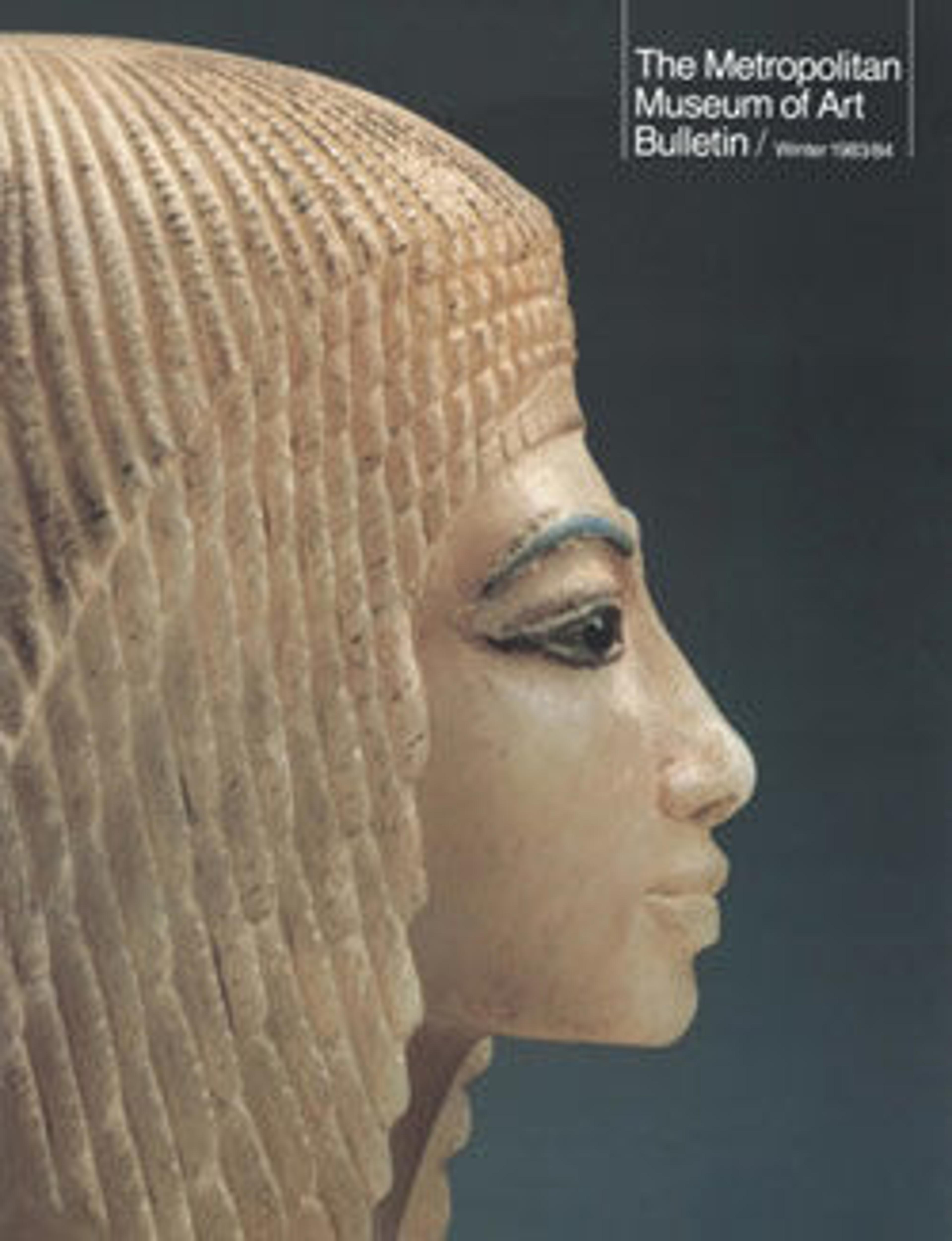Tomb Chapel of Raemkai
The inscriptions call Raemkai (the name means “the sun is my life force”) “king’s bodily son,” and he may well have been a true prince, although we do not know definitely from which pharaoh he descended. His offices were predominantly religious in charater, but one title ("representative of el-Kab") points to an assoiation with ceremonies around the royal coronation, indicating that Raemkai was, at least on occasion, close to the king's person.
The fine relief decorating the tomb includes among other scenes bird-catching, butchering, baking and brewing, and a large scene of the hunt in the steppes with lasso and dogs.
Search for "08.201.1" to find detailed information about the individual walls and scenes.
Artwork Details
- Title:Tomb Chapel of Raemkai
- Period:Old Kingdom
- Dynasty:Dynasty 5
- Date:ca. 2446–2389 B.C.
- Geography:From Egypt, Memphite Region, Saqqara, North of the Djoser pyramid complex, Mariette D3, Egyptian Antiquities Service/Quibell excavations, 1907–08
- Medium:Limestone, paint
- Dimensions:Chapel: H. 213.4 x N-S axis: 434 x E-W axis: 117 cm (84 x 170 7/8 x 46 1/16 in.); Entrance: N-S. 55 x E-W. 137 cm (21 5/8 x 53 15/16 in.)
- Credit Line:Rogers Fund, 1908
- Object Number:08.201.1a–i
- Curatorial Department: Egyptian Art
Audio
1122. Kids: Tomb Chapel of Raemkai
The limestone wall in front of you features rows of pictures, carved in low relief. Look on the rows near the top for wild animals with horns.
These rows, or registers as they are called, illustrate men hunting in the Egyptian high country, on the edge of the desert. They hunt for ibex, antelope, gazelle, and other creatures using bows and arrows, and lassos. Also look for hunting dogs wearing collars.
Now look around at the other walls in this room. They come from a room that was part of an Egyptian tomb. These were the walls of an offering room, which was separate from the burial chamber and could be visited by a dead person’s relatives. This offering room, or chapel, was dedicated to a royal official named Raemkai. His name means “the sun is my life force.” Living people came to the chapel with food for Raemkai. The Egyptians imagined the life after death would be similar to the life they already knew. Therefore, Raemkai still needed food. The walls of the chapel show people preparing offerings to bring to the tomb of Raemkai. We’ve already seen hunters capturing animals for food.
Somewhere in this room, men are also capturing birds in large nets. Can you find this scene? Here’s a hint: the hunting scenes we looked at were high on the south wall of the chapel. You’ll find the birds low on the west wall. Happy hunting!
More Artwork
Research Resources
The Met provides unparalleled resources for research and welcomes an international community of students and scholars. The Met's Open Access API is where creators and researchers can connect to the The Met collection. Open Access data and public domain images are available for unrestricted commercial and noncommercial use without permission or fee.
To request images under copyright and other restrictions, please use this Image Request form.
Feedback
We continue to research and examine historical and cultural context for objects in The Met collection. If you have comments or questions about this object record, please contact us using the form below. The Museum looks forward to receiving your comments.
